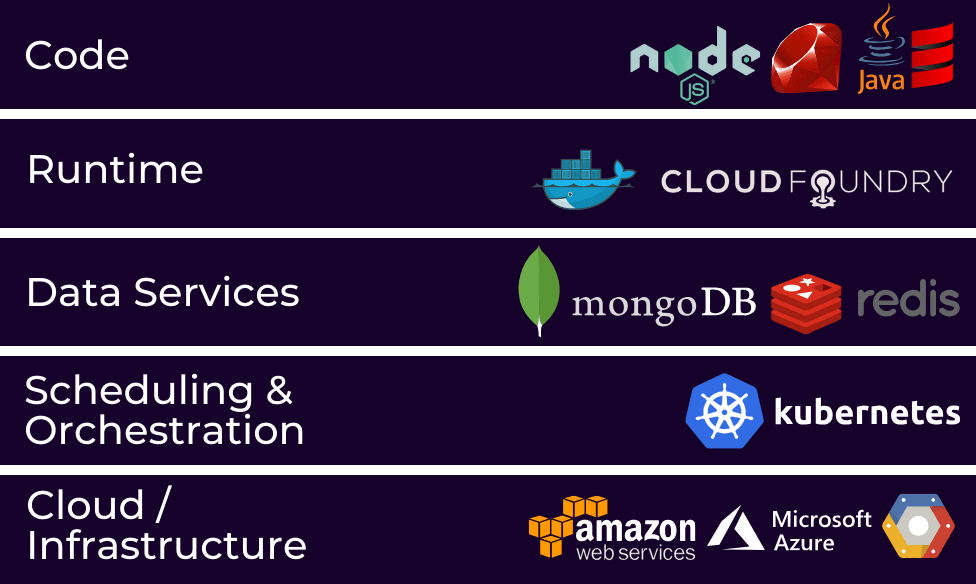
Technologists turned physical machines into virtual machines by installing pieces of software called hypervisors.

With VMs, companies could get the same computing power with fewer physical servers. Then, things got a little easier with the popularization of virtual machines (VMs) - or virtual operating systems that can run alongside each other, powered by a single physical machine.
/cdn.vox-cdn.com/uploads/chorus_image/image/49518117/20150329-slack-desktop.0.jpg)
They could adjust their computing power by adding or subtracting servers - as long as they had the necessary in-house IT support. For a long time, most companies bought their own servers and kept them close by. Storing and sharing digital information requires servers that provide computing power and storage capabilities. To understand cloud-native technology, it’s important to understand cloud computing. Image: Shutterstock Cloud Native 101 What Is Cloud Computing? “Cloud-native technology is when engineers and software people utilize cloud computing to build tech that’s faster and more resilient, and they do that to meet customer demand really quickly.” -Priyanka Sharma, Cloud Native Computing Foundation


 0 kommentar(er)
0 kommentar(er)
